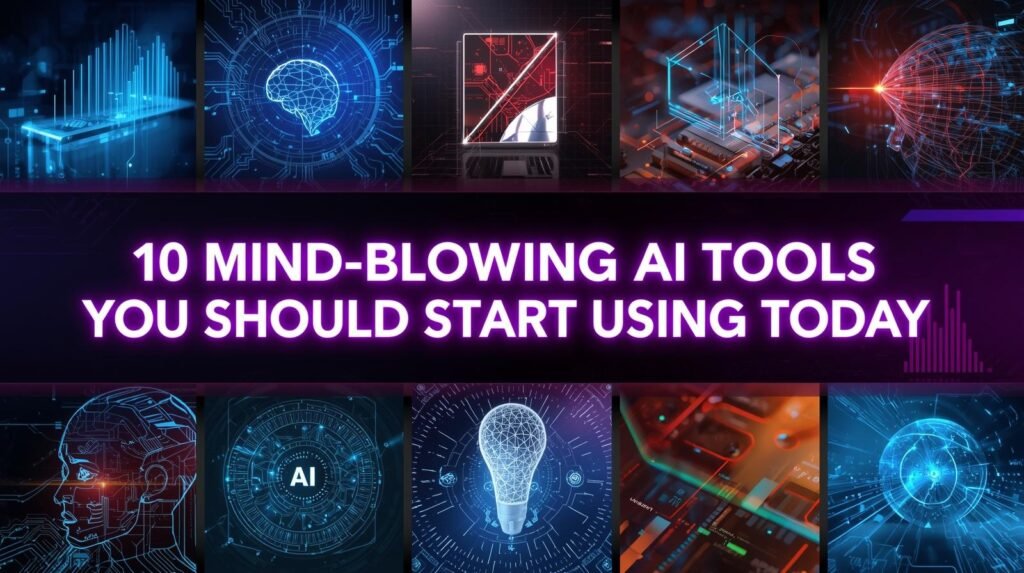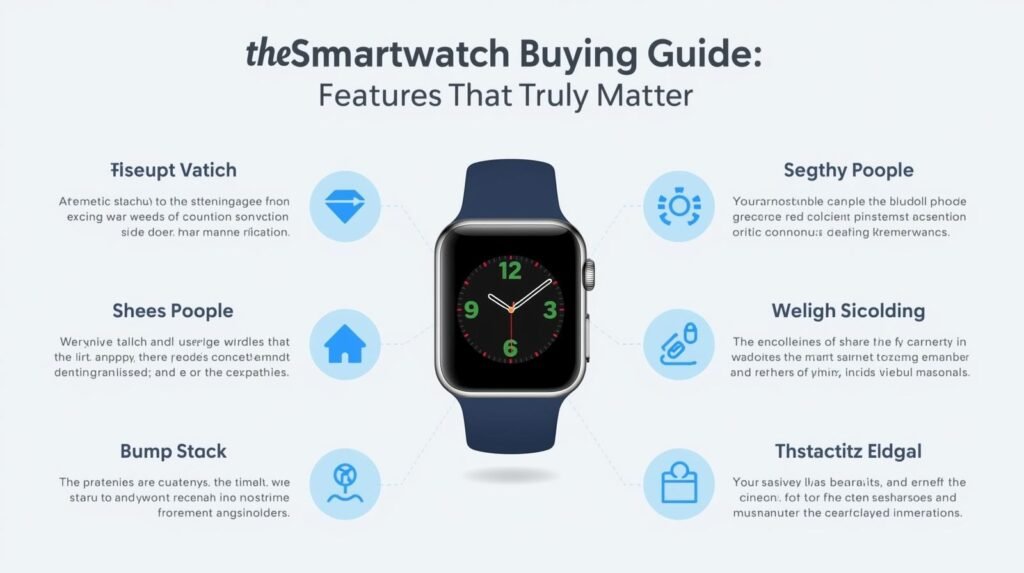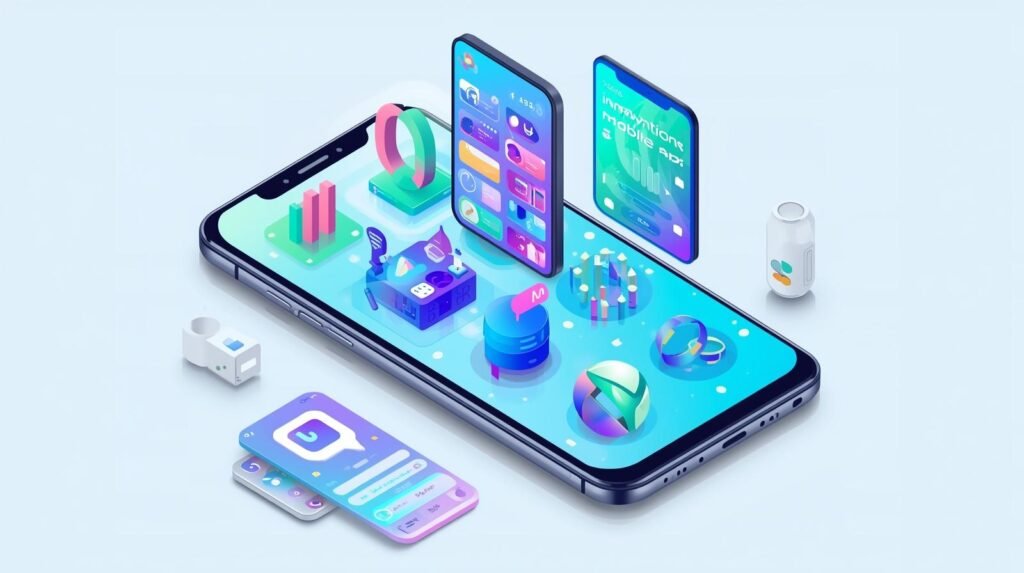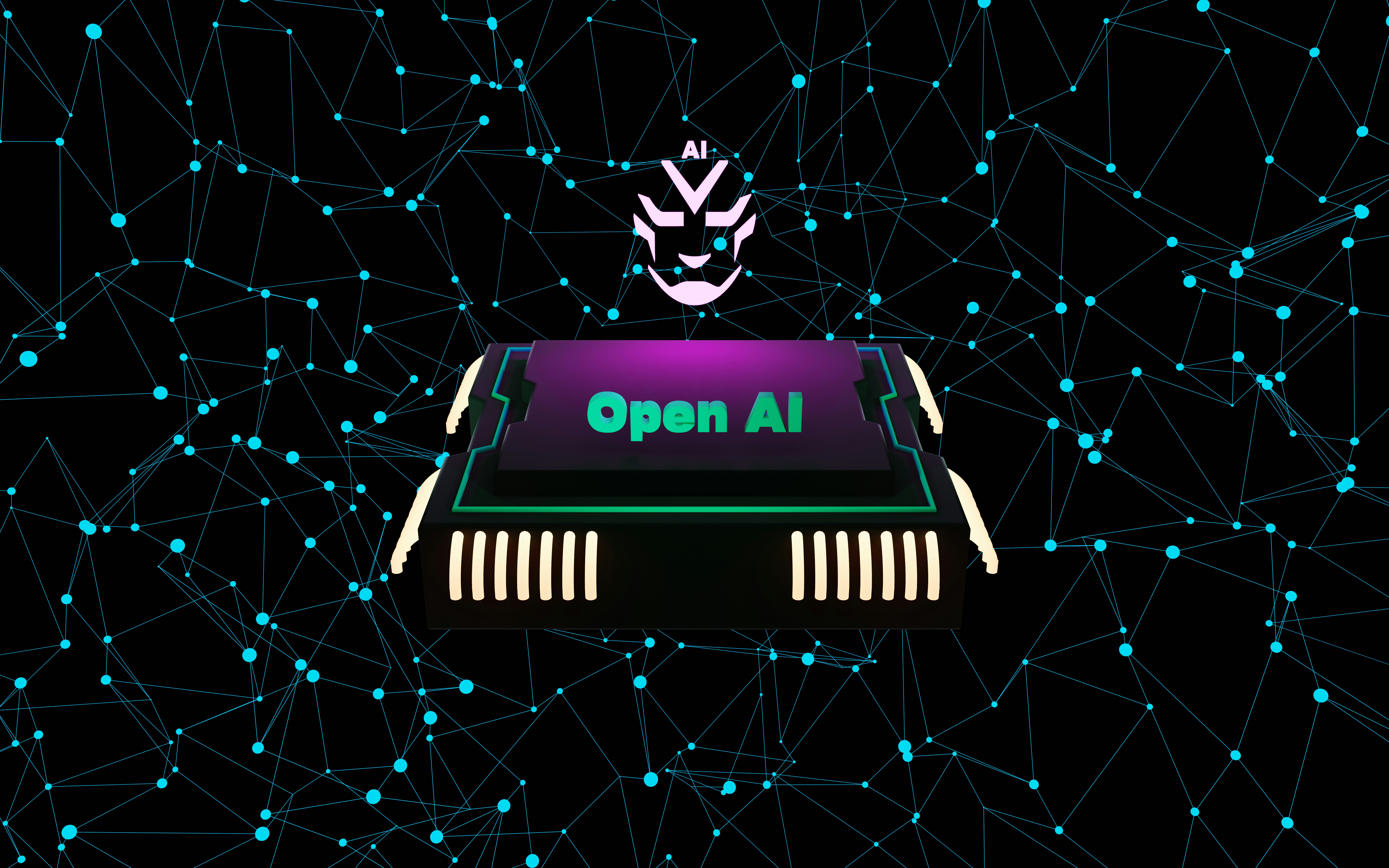Boost Your Business with AI: Tools That Save Time and Money
Artificial Intelligence (AI) is no longer a futuristic concept; it has become an indispensable part of the modern business landscape. Companies, both large and small, are leveraging AI to streamline operations, reduce costs, and drive growth. From automating routine tasks to providing deep insights from massive datasets, AI is transforming how businesses operate — helping them save time, reduce errors, and increase revenue. Whether you are an entrepreneur, manager, or small business owner, understanding and using AI tools effectively can give your business a competitive edge. In this blog, we will explore how AI can boost your business and highlight the most powerful AI tools that you should start using today. 1. Understanding AI in Business Before diving into specific tools, it’s essential to understand how AI works in a business context. AI is a branch of computer science that enables machines to mimic human intelligence — learning from data, recognizing patterns, making decisions, and even predicting outcomes. In business, AI is applied in various areas such as: Businesses that adopt AI effectively can achieve higher efficiency, lower operational costs, and faster growth. 2. How AI Saves Time in Business Time is money, and AI excels at saving both. Here are key ways AI saves time: a. Automating Repetitive Tasks Tasks like data entry, invoice processing, scheduling, and report generation can consume hours every day. AI-powered automation tools handle these tasks accurately and instantly, freeing employees to focus on higher-value work. b. Speeding Up Decision-Making AI analyzes vast amounts of data quickly, identifying trends and patterns humans might miss. This allows managers to make data-driven decisions faster, reducing delays in strategic planning. c. Enhancing Customer Support AI chatbots provide 24/7 customer support, answering FAQs, resolving minor issues, and guiding customers through purchases. This reduces the need for large support teams and ensures instant responses. 3. How AI Saves Money in Business AI is not just about saving time — it also directly impacts the bottom line. a. Reducing Operational Costs By automating routine processes, businesses require fewer manual resources, which lowers payroll and administrative expenses. b. Optimizing Marketing Spend AI helps businesses target the right audience, predict customer behavior, and personalize campaigns. This reduces wasted marketing budgets and increases ROI. c. Minimizing Errors Human errors in tasks like bookkeeping, inventory management, and customer communication can be costly. AI systems reduce mistakes and maintain high accuracy, saving money in the long run. d. Enhancing Supply Chain Efficiency AI can forecast demand, optimize inventory, and predict delivery delays. This reduces waste, overstocking, and logistics costs. 4. Top AI Tools to Boost Your Business Here’s a list of the most effective AI tools that can help businesses save time and money: 1. ChatGPT – AI for Customer Engagement and Content Creation ChatGPT is an AI-powered conversational agent developed by OpenAI. It can be used for: Why it saves time and money:ChatGPT reduces the need for large content teams and support staff, while maintaining fast, high-quality output. 2. Jasper AI – Marketing and Copywriting Made Easy Jasper AI is designed for marketers and businesses to create high-quality content quickly. Benefit:Jasper helps businesses save on hiring copywriters while increasing the quality and speed of marketing content. 3. Grammarly – Perfect Your Writing Instantly Grammarly is an AI writing assistant that improves grammar, tone, and clarity. Impact on business:Reduces errors in professional communication, enhancing brand reputation and avoiding costly mistakes. 4. HubSpot AI – Smarter CRM and Marketing Automation HubSpot AI combines CRM, marketing automation, and analytics. Why it’s valuable:It saves marketing teams hours of manual work and ensures more effective campaigns that improve conversion rates. 5. Zoho AI – Business Management Simplified Zoho AI integrates across Zoho’s suite of business tools, offering automation, analytics, and intelligent insights. Benefit:Small and medium-sized businesses can reduce administrative costs and improve operational efficiency. 6. QuickBooks with AI – Smarter Accounting Accounting is often time-consuming and error-prone. QuickBooks AI simplifies bookkeeping by: Impact:Businesses save hours of manual accounting work and avoid costly financial mistakes. 7. Canva AI – Effortless Design for Marketing Canva AI helps businesses create professional designs quickly. Why it matters:Reduces the need to hire designers for small projects, saving both time and money. 8. Trello + AI – Smarter Project Management AI integrations in Trello can streamline project management by: Benefit:Teams save hours in coordination and planning, and projects are completed more efficiently. 9. Runway – AI Video Editing for Marketing Video marketing is essential but time-consuming. Runway AI simplifies video creation: Impact:Businesses can produce high-quality marketing videos faster and cheaper than traditional methods. 10. Copy.ai – Effortless Copywriting Copy.ai is a powerful AI tool for generating marketing copy, product descriptions, and social media content. Why it saves time and money:No need to hire full-time copywriters for daily content creation. Copy.ai allows businesses to produce high-quality copy quickly and cost-effectively. 5. Real-World Benefits of AI in Business Adopting AI tools can transform your business in tangible ways: 6. Getting Started with AI in Your Business Implementing AI might seem daunting, but the process can be simple if approached strategically: Step 1: Identify Repetitive Tasks Start with tasks that consume a lot of time but don’t require creativity, such as bookkeeping, customer queries, or data analysis. Step 2: Choose the Right Tools Select AI solutions that fit your business size, budget, and objectives. For instance, QuickBooks AI for finance or ChatGPT for customer support and content creation. Step 3: Train Your Team Educate your employees about using AI tools effectively to complement their work rather than replace it. Step 4: Integrate AI Gradually Start small with one or two tools and expand usage as your team becomes more comfortable. Step 5: Monitor Results Track improvements in productivity, cost savings, and customer engagement to measure ROI. 7. Challenges to Consider While AI offers immense benefits, businesses should be aware of potential challenges: 8. Future of AI in Business The future of AI in business is extremely promising: Businesses that adopt AI now are positioning themselves for long-term growth,







